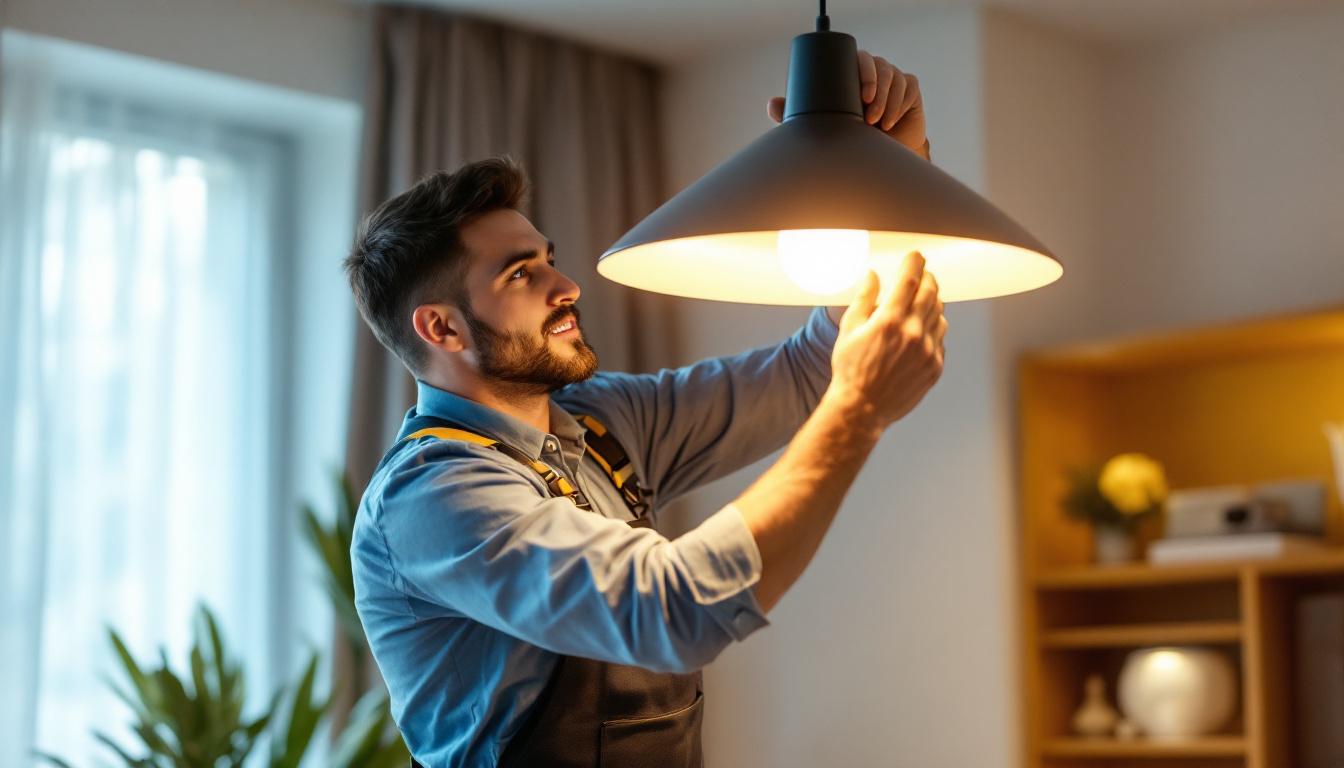
For lighting contractors, the installation of flood lights is a crucial task that requires careful consideration of various components, with the mounting bracket being one of the most vital. A well-chosen and properly installed mounting bracket not only ensures the stability and longevity of the flood light but also enhances the overall effectiveness of the lighting solution. This guide aims to provide comprehensive insights into flood light mounting brackets, covering everything from types and materials to installation techniques and best practices.
Flood light mounting brackets serve as the foundation for securely attaching flood lights to various surfaces. They come in a variety of designs and materials, each tailored to specific applications and environments. Understanding the different types of brackets available is essential for lighting contractors to make informed decisions that meet the needs of their projects.
Mounting brackets can be categorized based on their design and functionality. The most common types include:
The material of the mounting bracket plays a significant role in its performance and durability. Common materials include:
In addition to these common materials, some brackets are made from composite materials that combine the benefits of both metal and plastic. These composites can offer enhanced durability while remaining lightweight, making them an attractive option for contractors looking to balance strength and ease of installation. Furthermore, the choice of material can also influence the aesthetic appeal of the installation; for instance, powder-coated steel brackets can be finished in various colors to blend seamlessly with the surrounding environment.
Proper installation techniques are crucial for ensuring the longevity and effectiveness of flood light mounting brackets. Before installation, it is essential to assess the mounting surface to determine its suitability. For instance, concrete surfaces may require specific anchors, while wooden surfaces might need lag bolts. Additionally, the use of weather-resistant screws and fasteners is recommended to prevent corrosion and ensure a secure fit over time. Contractors should also consider the weight and size of the flood light when selecting the appropriate bracket, as this will affect the overall stability and safety of the installation.
Proper installation of flood light mounting brackets is crucial for ensuring the safety and efficacy of the lighting system. Following best practices can help contractors avoid common pitfalls and achieve optimal results.
Before installation begins, it is essential to conduct a thorough assessment of the site. This includes:
The installation process can vary depending on the type of bracket and the specific requirements of the project. However, a general approach includes the following steps:
Once the flood lights are mounted, it is critical to conduct post-installation checks to ensure everything is functioning correctly. This includes verifying the alignment of the lights, testing the electrical connections, and checking for any loose fittings. A well-aligned flood light will provide optimal illumination, reducing the risk of dark spots or glare that could compromise safety. Additionally, it’s advisable to conduct a test run of the lighting system at dusk to observe how the lights perform in real-world conditions.
Regular maintenance of flood light mounting brackets and fixtures is essential for long-term performance. Over time, environmental factors such as rain, snow, and dust can affect the integrity of the installation. Periodic inspections should be scheduled to check for signs of wear or corrosion, especially in coastal or humid areas where salt and moisture can accelerate deterioration. Cleaning the fixtures and ensuring that the lenses are free from obstructions will also help maintain brightness and efficiency. By implementing a proactive maintenance plan, contractors can extend the lifespan of the flood lighting system and ensure it continues to meet safety and functionality standards.
Selecting the right mounting bracket is essential for ensuring the longevity and performance of flood lights. Here are some best practices to consider:
Different flood lights have varying weights and dimensions, which directly impact the type of bracket needed. It is crucial to:
The surface on which the bracket will be mounted significantly influences the choice of bracket. Factors to consider include:
To keep mounting brackets and flood lights in optimal condition, consider the following maintenance tips:
Even with proper installation and maintenance, issues may arise. Here are some common problems and their solutions:
The lighting industry is constantly evolving, with new technologies and materials emerging to improve the performance and ease of installation of flood light mounting brackets. Staying informed about these innovations can give contractors a competitive edge.
With the rise of smart lighting systems, some manufacturers are developing mounting brackets that integrate with smart technology. These solutions offer features such as:
As sustainability becomes a priority in the construction and lighting industries, eco-friendly materials are gaining traction. Contractors should consider:
Flood light mounting brackets are a critical component for any lighting contractor involved in the installation of flood lights. Understanding the various types, materials, and installation techniques can significantly impact the success of a project. By following best practices and staying informed about innovations in the field, contractors can ensure that their installations are safe, effective, and long-lasting.
Ultimately, investing time in selecting the right mounting bracket and adhering to proper installation and maintenance protocols can lead to satisfied clients and a strong reputation in the industry. As lighting technology continues to advance, staying updated on trends and techniques will be essential for contractors looking to excel in this competitive market.
Ready to elevate your lighting installations with the best flood light mounting brackets on the market? Look no further than LumenWholesale. Our commitment to quality and affordability ensures that you have access to the highest-grade lighting products at wholesale prices that simply can’t be beaten. Say goodbye to local distributor markups and hello to a vast selection of reliable, high-performance lighting solutions. With free shipping on bulk orders, LumenWholesale is your go-to source for all your lighting needs. Don’t compromise on quality or value—Wholesale Lighting at the Best Value is just a click away.

Explore the essential guide to cinema lighting with “Cinema Lights: Demystified.” Uncover key insights and practical tips that every lighting contractor needs to master the art of illuminating the silver screen..

Discover how 100 ft LED lights are revolutionizing the lighting industry by boosting efficiency for contractors.

Discover the critical role of lighting in commercial spaces and why it’s essential for lighting contractors to prioritize innovative solutions.

Discover the significance of scone lights for lighting contractors in this insightful article.